Previous Day - Next Day
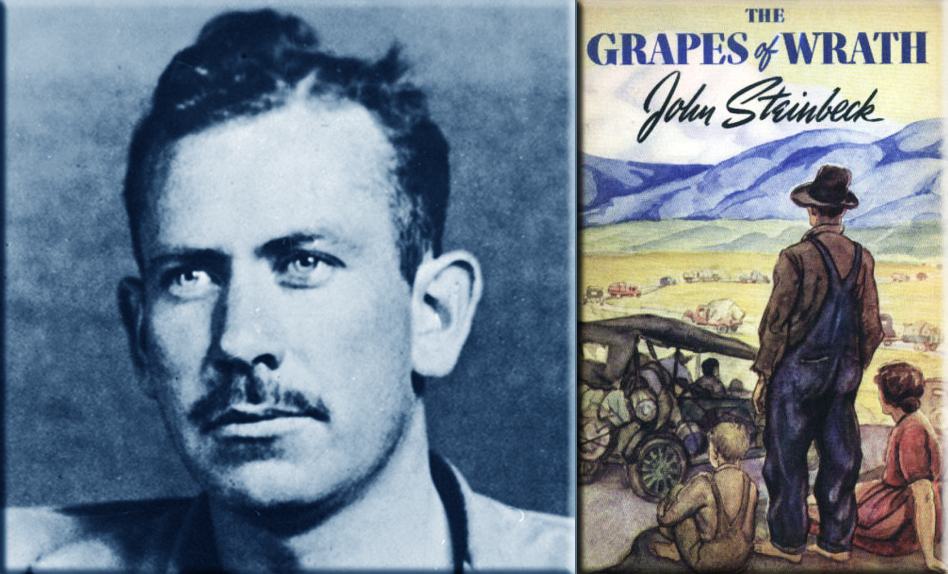
“The writer is delegated to declare and to celebrate man's proven capacity for greatness of heart and spirit — for gallantry in defeat — for courage, compassion and love. In the endless war against weakness and despair, these are the bright rally-flags of hope and of emulation. I hold that a writer who does not passionately believe in the perfectibility of man, has no dedication nor any membership in literature.”
~ John Steinbeck
Wikipedia (John Steinbeck (February 27, 1902 – December 20, 1968) was one of the best-known and most widely read American writers of the 20th century. A winner of the Nobel Prize for Literature in 1962, he is best known for his novella Of Mice and Men (1937) and his Pulitzer Prize-winning novel The Grapes of Wrath (1939), both of which examine the lives of the working class and migrant workers during the Great Depression.)
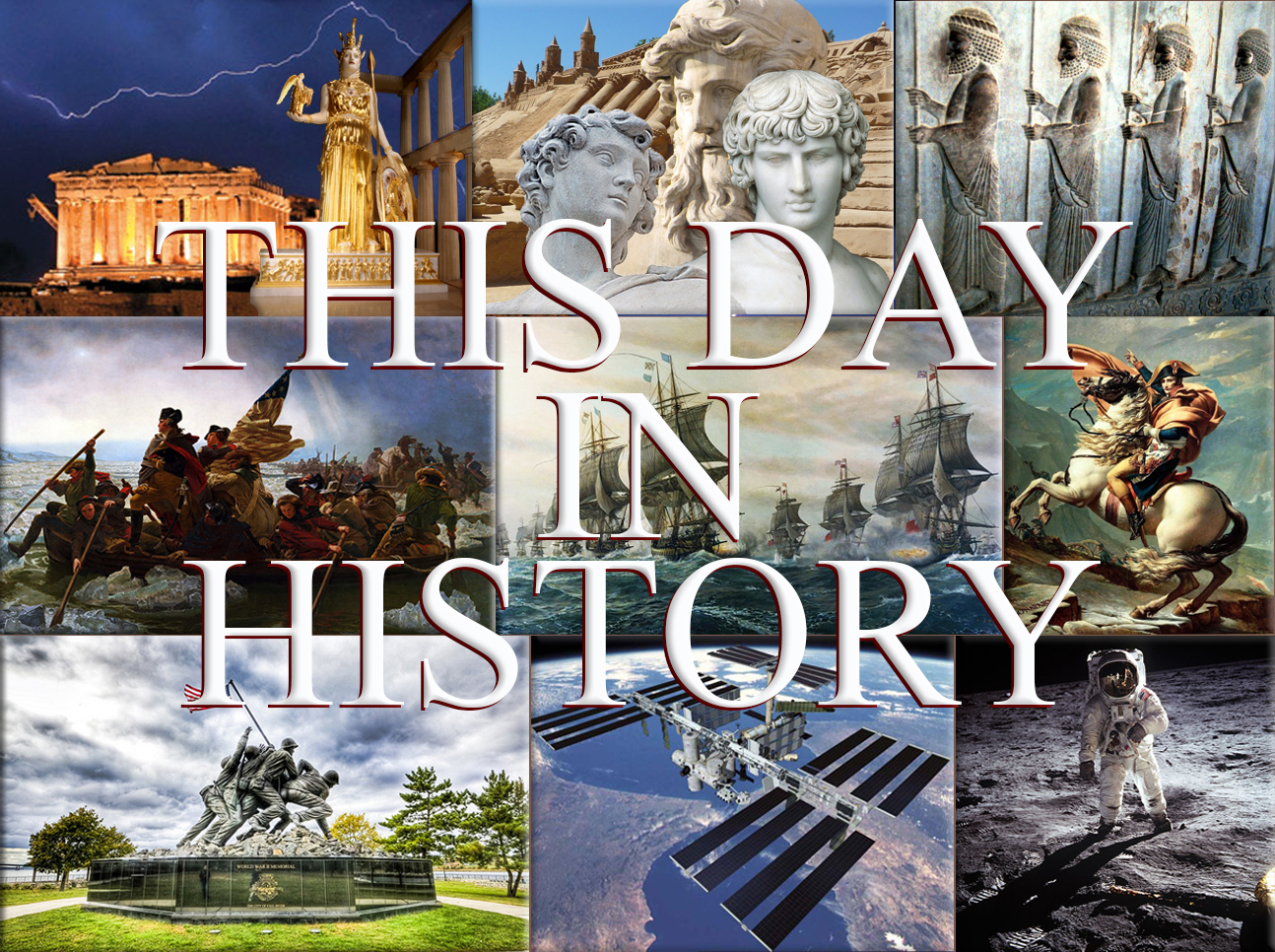
February 27th, 380

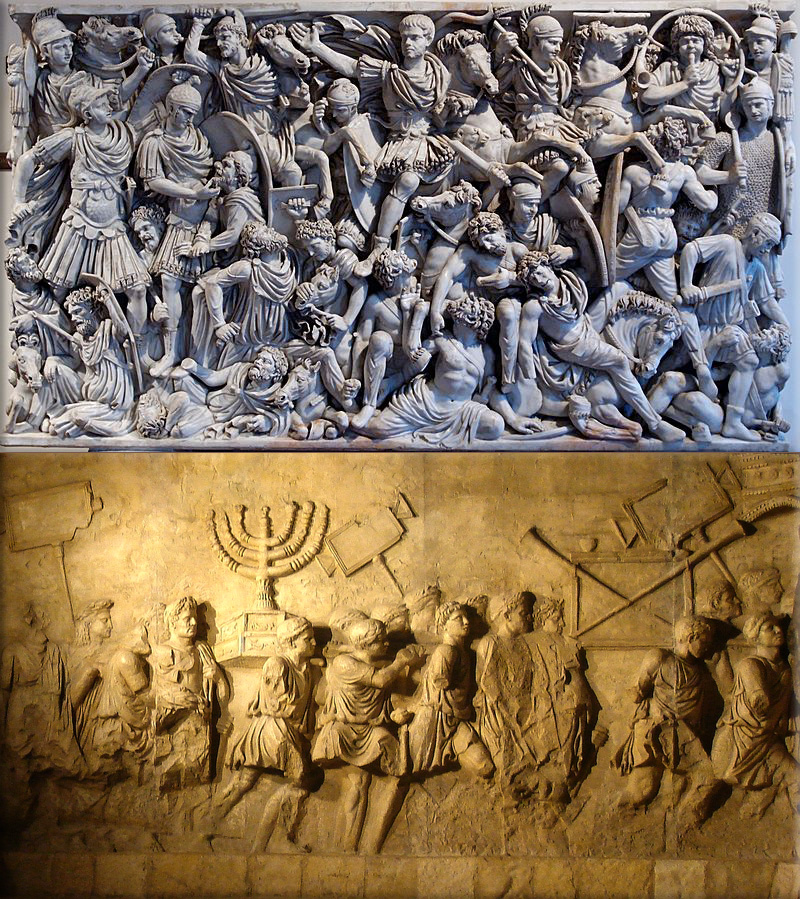
Roman Empire:
380 - Edict of Thessalonica; Emperor Theodosius I, with co-emperors Gratian and Valentinian II, declare their wish that all Roman citizens convert to trinitarian Christianity.
Wikipedia Image: Theodosius I 67th Emperor of the Roman Empire. Theodosius the Great, was Roman Emperor from 379 to 395.
Relief from a 3rd-century sarcophagus depicting a battle between Romans and Germanic warriors; the central figure is perhaps the emperor Hostilian / Depiction of the Menorah on the Arch of Titus in Rome.
February 27th, 425

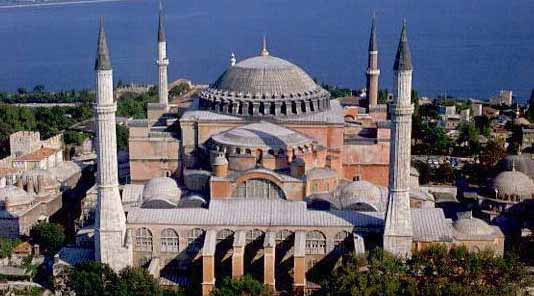
Byzantine Empire (East Roman Empire):
425 - The University of Constantinople is founded by Byzantine Emperor Theodosius II at the urging of his wife Aelia Eudocia.
Wikipedia Image: The Baptism of Constantine painted by Raphael's pupils (1520–1524, fresco, Vatican City, Apostolic Palace); Mural of Saints Cyril and Methodius, 19th century, Troyan Monastery, Bulgaria; Justinian I depicted on one of the famous mosaics of the Basilica of San Vitale, Ravenna; The Greek fire was first used by the Byzantine Navy during the Byzantine-Arab Wars (from the Madrid Skylitzes, Biblioteca Nacional de España, Madrid); Alexios I, founder of the Komnenos dynasty.
Photo: Byzantine Empire is the great church of Hagia Sophia (Church of the Holy Wisdom) in Constantinople (562).
February 27th, 1560
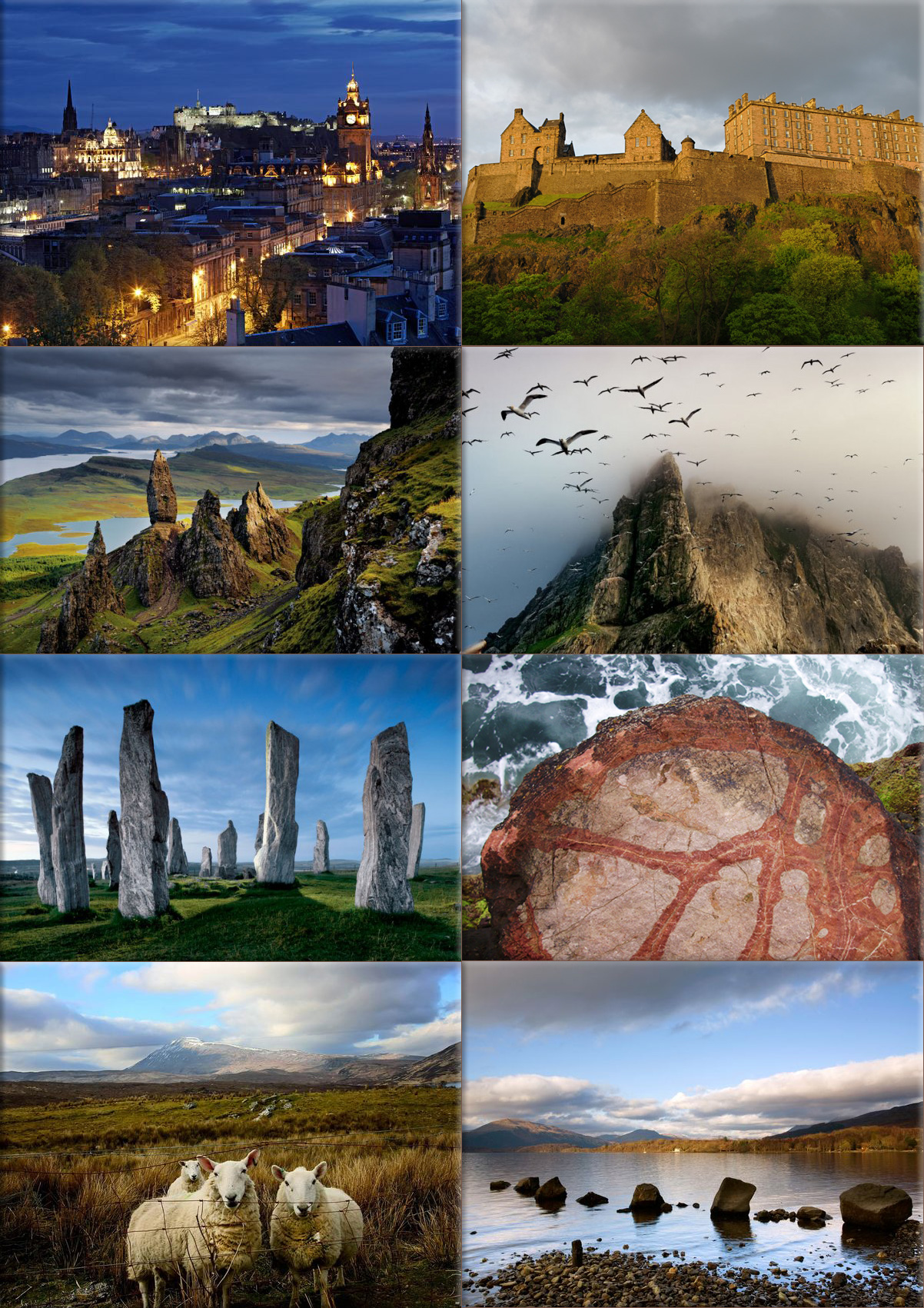
Scotland:
1560 - Treaty of Berwick; which would expel the French from Scotland, is signed by England and the Congregation of Scotland.
Wikipedia Photo: Edinburgh credit Allan Baxter, Getty Images ● Edinburgh-Castle, credit Rainer Jenss, National Geographic ● Scotland’s northwest coast, Hebrides Islands, credit Jim Richardson, National Geographic ● Water and rock. Motion and tranquility. Dunbar, East Lothian, Scotland, credit Tatana Vacovska, National Geographic ● Scottish Sheep, credit Marc Lanciaux, National Geographic ● Rocks lead out to Milarrochy Bay in Loch Lomond, the largest lake in Great Britain, credit James Barrett, Alamy.
February 27th, 1594
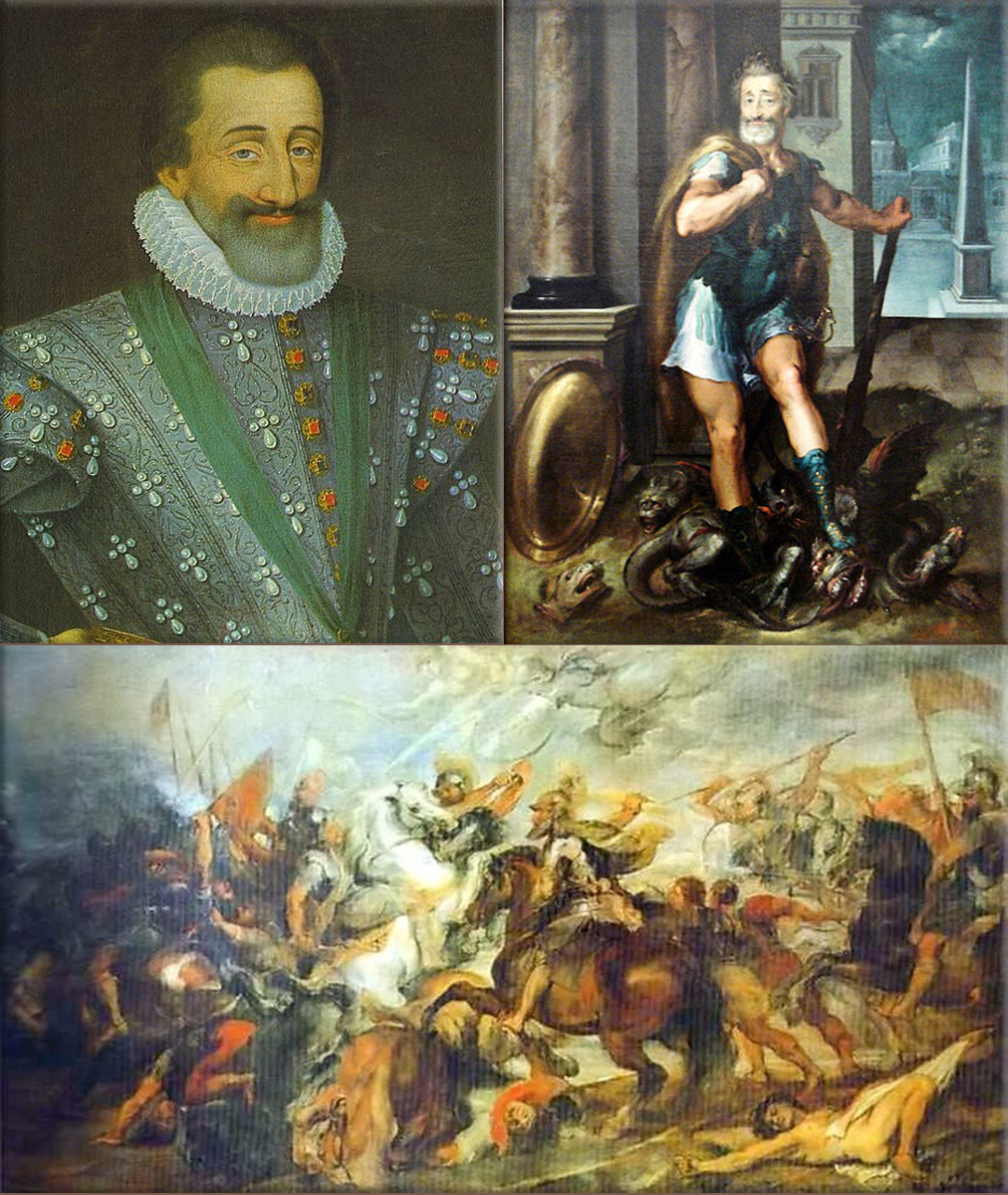
Henry IV is crowned King of France.
Wikipedia Painting: Henry IV of France ● Henry IV, as Hercules vanquishing the Lernaean Hydra (i.e. the Catholic League), by Toussaint Dubreuil, 1600 ● Henry IV at the Battle of Ivry, by Peter Paul Rubens.
February 27th, 1617

Sweden and Russia sign the Treaty of Stolbovo, ending the Ingrian War and shutting Russia out of the Baltic Sea.
Wikipedia Photo: Sweden; Situated in Northern Europe, Sweden lies west of the Baltic Sea and Gulf of Bothnia, providing a long coastline, and forms the eastern part of the Scandinavian Peninsula (To the west is the Scandinavian mountain chain (Skanderna), a range that separates Sweden from Norway - Finland is located to its northeast - It has maritime borders with Denmark, Germany, Poland, Russia, Lithuania, Latvia and Estonia, and it is also linked to Denmark (southwest) by the Öresund Bridge).
● The Scandinavian Mountains ● Stockholm, Sweden's capital city ● Barren beauty - strange raukar formations on Fårö add to the allure of Bergman's adopted home, credit Christophe Boisvieux, Corbis ● Snow covered Lapland of Sweden ● Swedish cultural landscape - the sun is setting in the winter landscape in the Hjo surroundings in rural Sweden, credit Gunnar Blondal, Pictures of the Planet.
February 27th, 1626
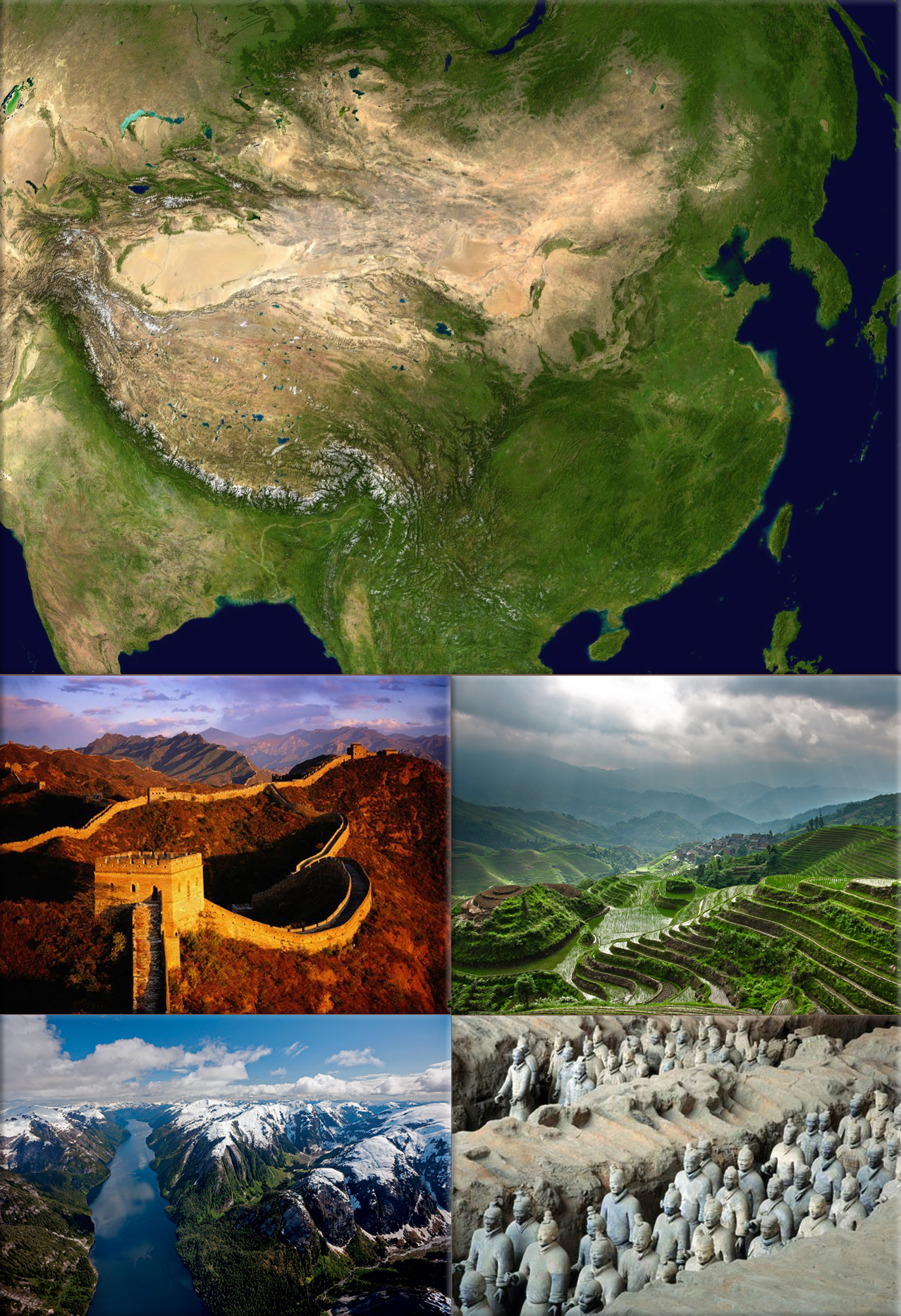
China:
1626 - Yuan Chonghuan is appointed Governor of Liaodong, after he led the Chinese into a great victory against the Manchurians under Nurhaci.
Wikipedia Photo: China from NASA Wordwind Satellite; © Great Wall of China, credit National Geographic; LongJi Terrace, credit National Geographic; Great Bear Rainforest, credit Paul Nicklen, National Geographic; Platoons of clay soldiers were buried with China's first emperor, Qin Shi Huang Di, (required a labor force of 700,000 to build), credit O. Louis Mazzatenta, National Geographic.
February 27th, 1776
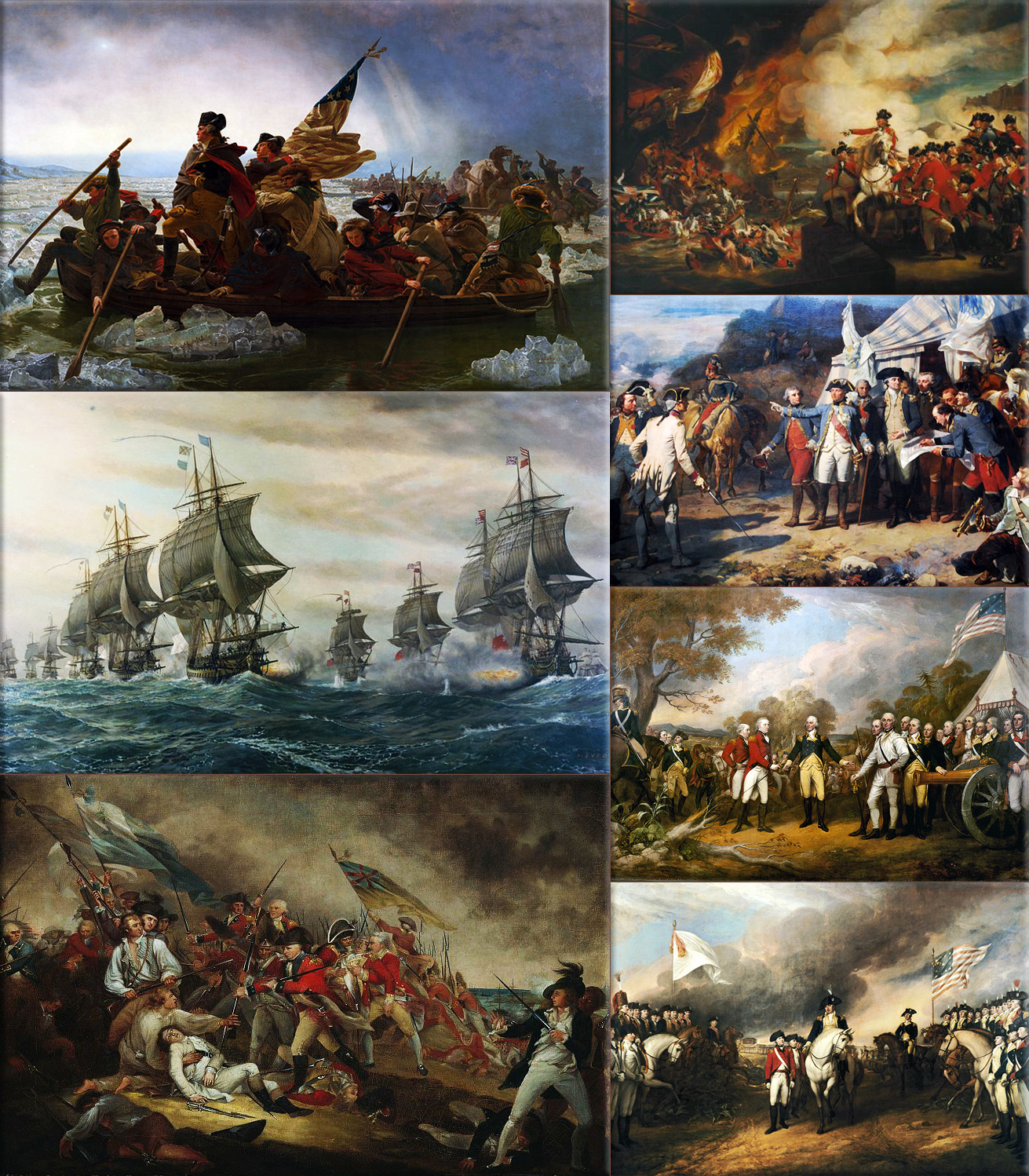
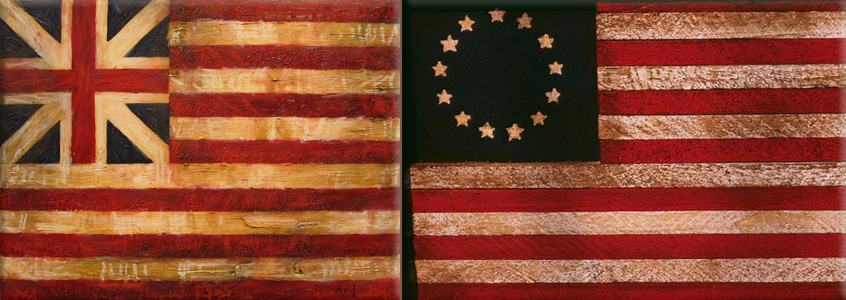
American Revolutionary War:
1776 - The Battle of Moore's Creek Bridge; in North Carolina breaks up a Loyalist militia.
1801 - Pursuant to the District of Columbia Organic Act of 1801, Washington, D.C. is placed under the jurisdiction of the United States Congress.
Wikipedia Paintings: Washington Crossing the Delaware, by Emanuel Leutz; Battle of the Chesapeake, French (left) and British (right) lines; Battle of Bunker Hill, The Death of General Warren at the Battle of Bunker Hill by John Trumbull; The Defeat of the Floating Batteries at Gibraltar, September 13, 1782, by John Singleton Copley; Washington and the Comte de Rochambeau at Yorktown, 1781; "The surrender at Saratoga" shows General Daniel Morgan in front of a French de Vallière 4-pounder; Surrender of Cornwallis at Yorktown by (John Trumbull, 1797).
Grand Union - Stars and Stripes Flag
February 27th, 1844
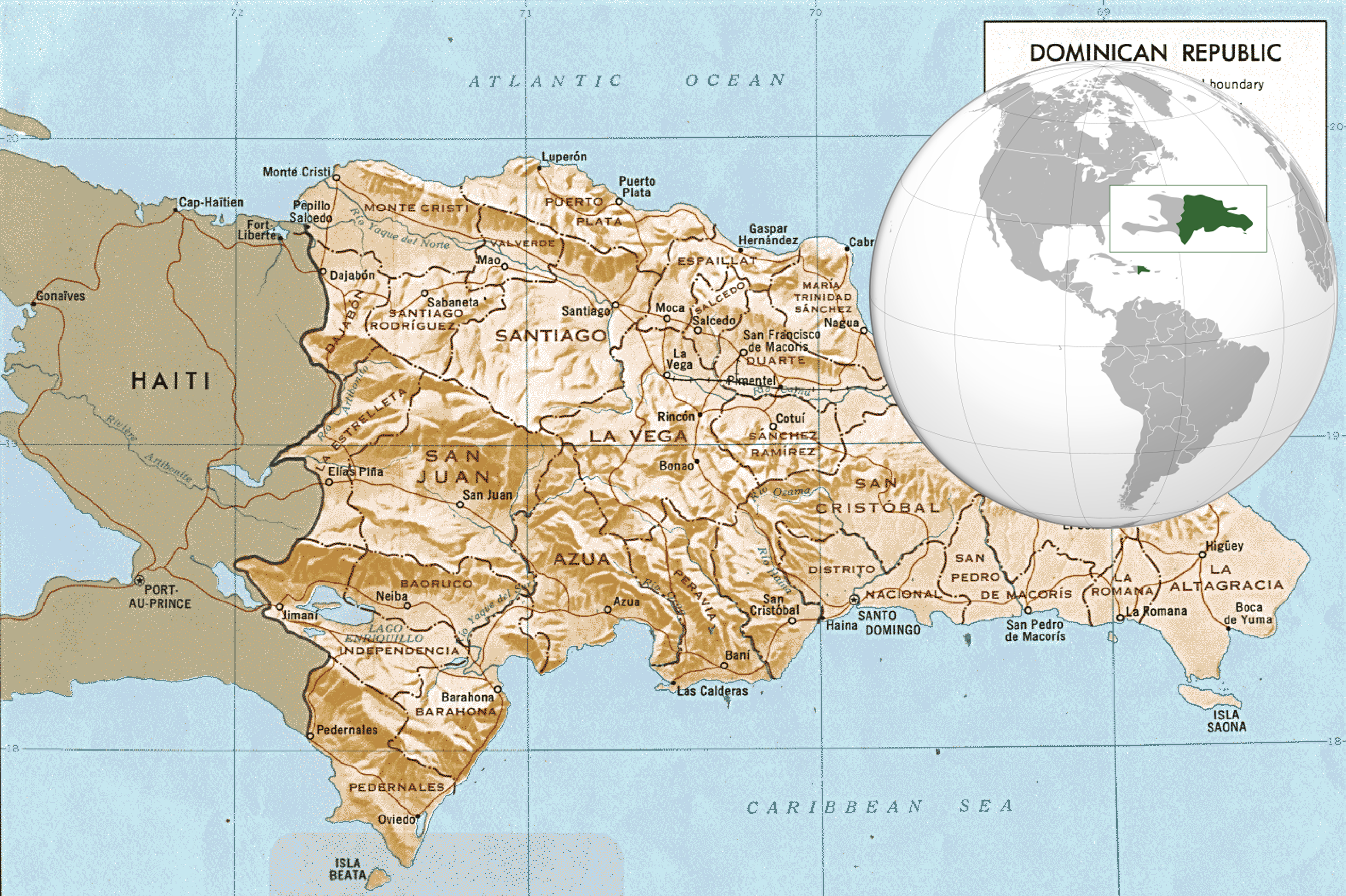
The Dominican Republic gains independence from Haiti.
Wikipedia Image: ● Map of the Dominican Republic.
February 27th, 1860
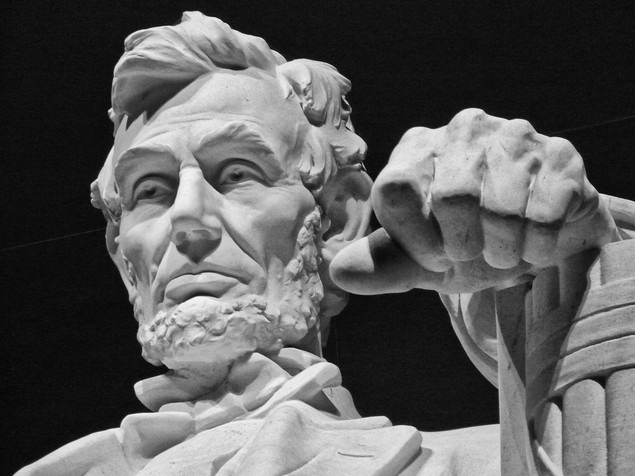
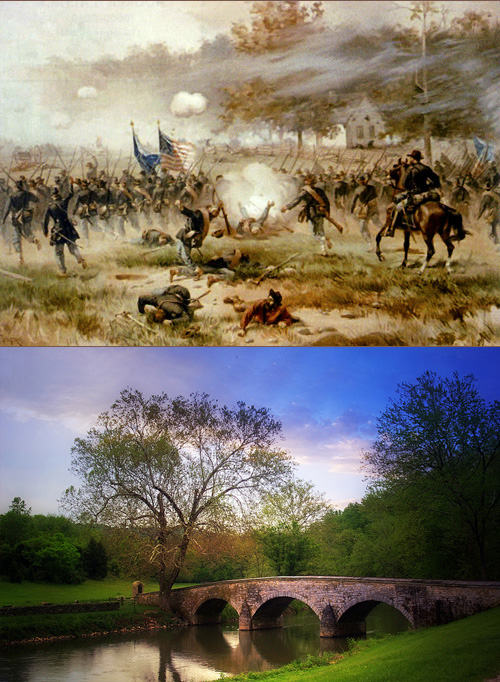
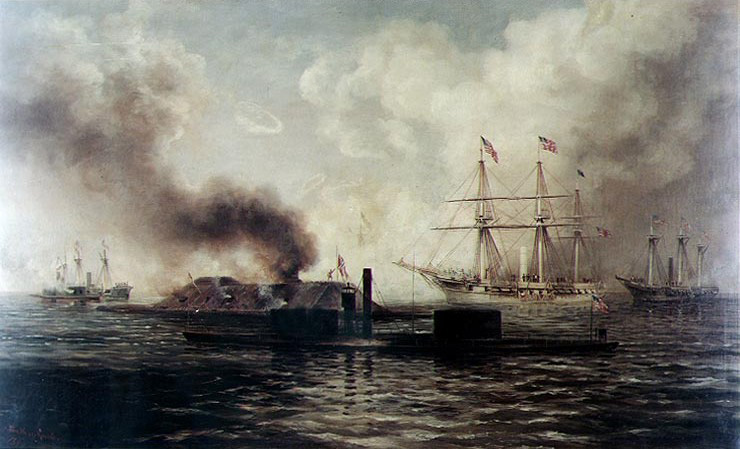
American Civil War:
1860 - Abraham Lincoln makes a speech at Cooper Union in the city of New York that is largely responsible for his election to the Presidency.
1864 - The first Northern prisoners arrive at the Confederate prison at Andersonville, Georgia.
Wikipedia Image: ● Lincoln Memorial; an American national monument built to honor the 16th President of the United States, Abraham Lincoln - located on the National Mall in Washington, D.C. across from the Washington Monument.
● The northern army led by George McClellan and the southern army led by Robert E. Lee met at Antietam Creek, Maryland in September, 1862. It was a bloody battle where 13,000 Confederates and 12,000 Union troops died in just one day. McClellan had hesitated to attack before the battle thus letting the southern troops regroup. Also, he had saved reserves and refused to use them at the end of the battle thinking that Lee was holding reserves for a counterattack, even though those reserves didn't exist. The Union victory stopped Lee's northward advance and was a turning point in the war.
● Battle of Antietam / Stone Bridge at Antietam Battlefield - Sharpsburg, Maryland
● Battle of Mobile Bay (1890) by Xanthus Russell Smith.
● Although photography was still in its infancy, war correspondents produced thousands of images, bringing the harsh realities of the frontlines to those on the home front in a new and visceral way. The Atlantic.
February 27th, 1870

The current flag of Japan is first adopted as the national flag for Japanese merchant ships.
Wikipedia Image: Nisshōki or Hinomaru
February 27th, 1900
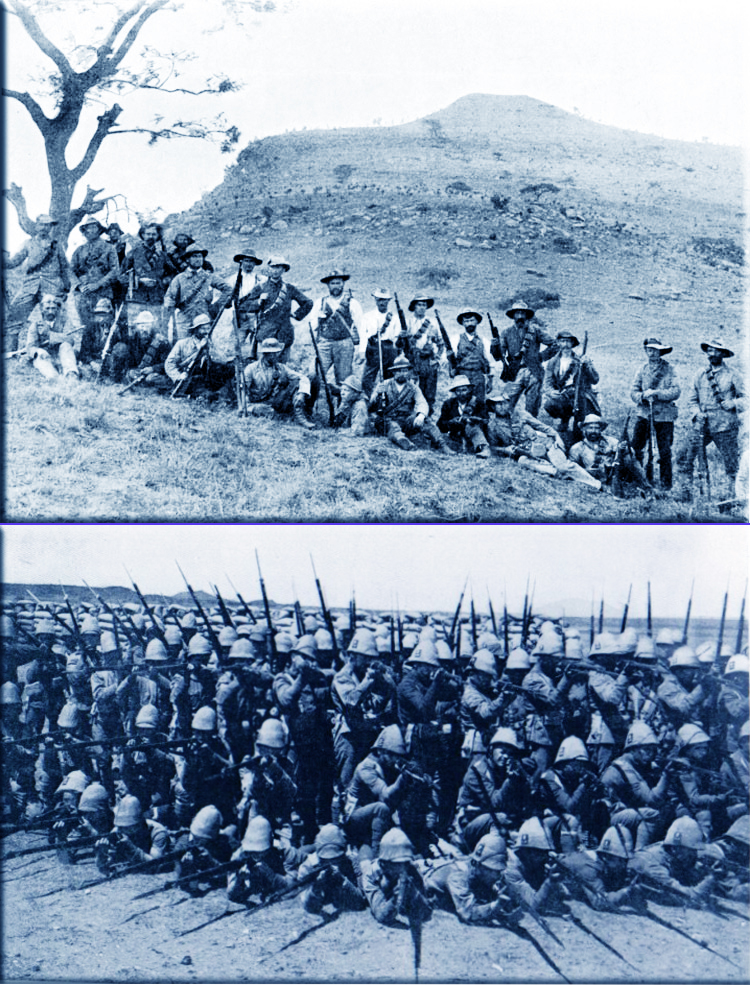
Second Boer War: Battle of Paardeberg; In South Africa, British military leaders receive an unconditional notice of surrender from Boers General Piet Cronje.
Wikipedia Photo: Second Boer War; (Dutch: Tweede Boerenoorlog, Afrikaans: Tweede Vryheidsoorlog or Tweede Boereoorlog) was fought from 11 October 1899 until 31 May 1902 between the British Empire and the Afrikaans-speaking Dutch settlers of two independent Boer republics, the South African Republic (Transvaal Republic) and the Orange Free State.
February 27th, 1922
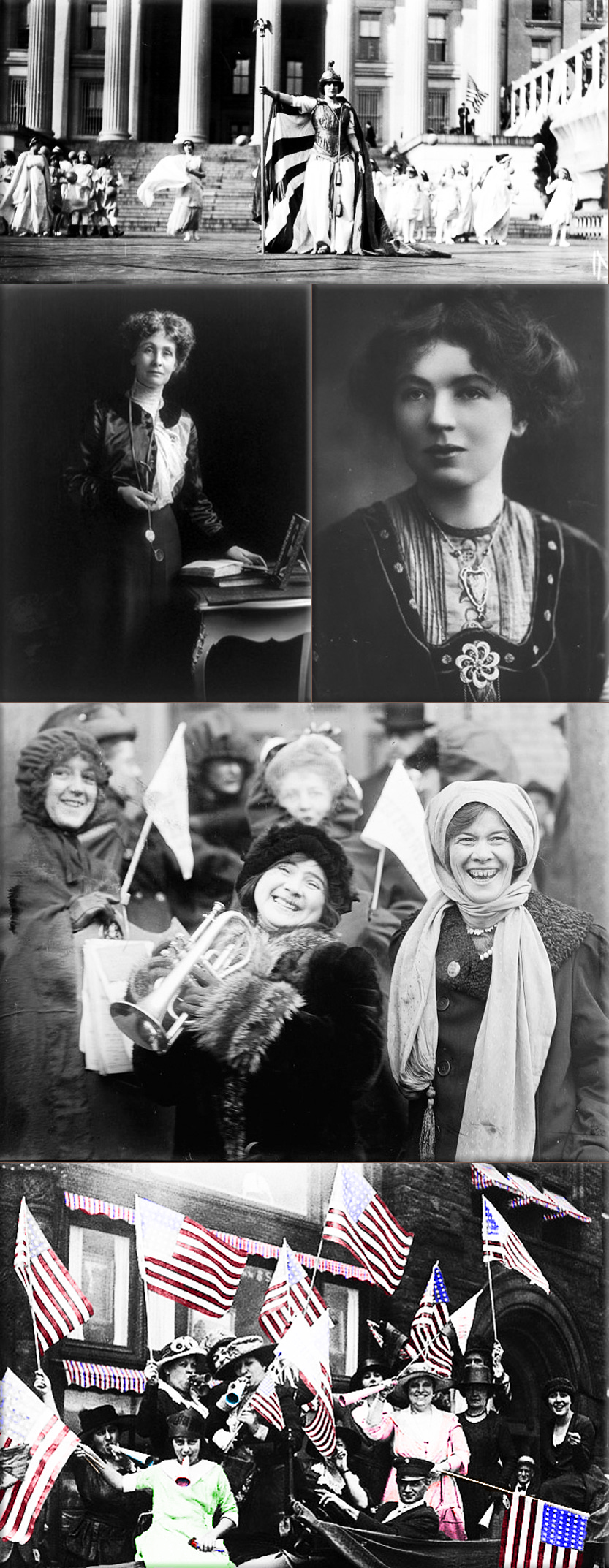
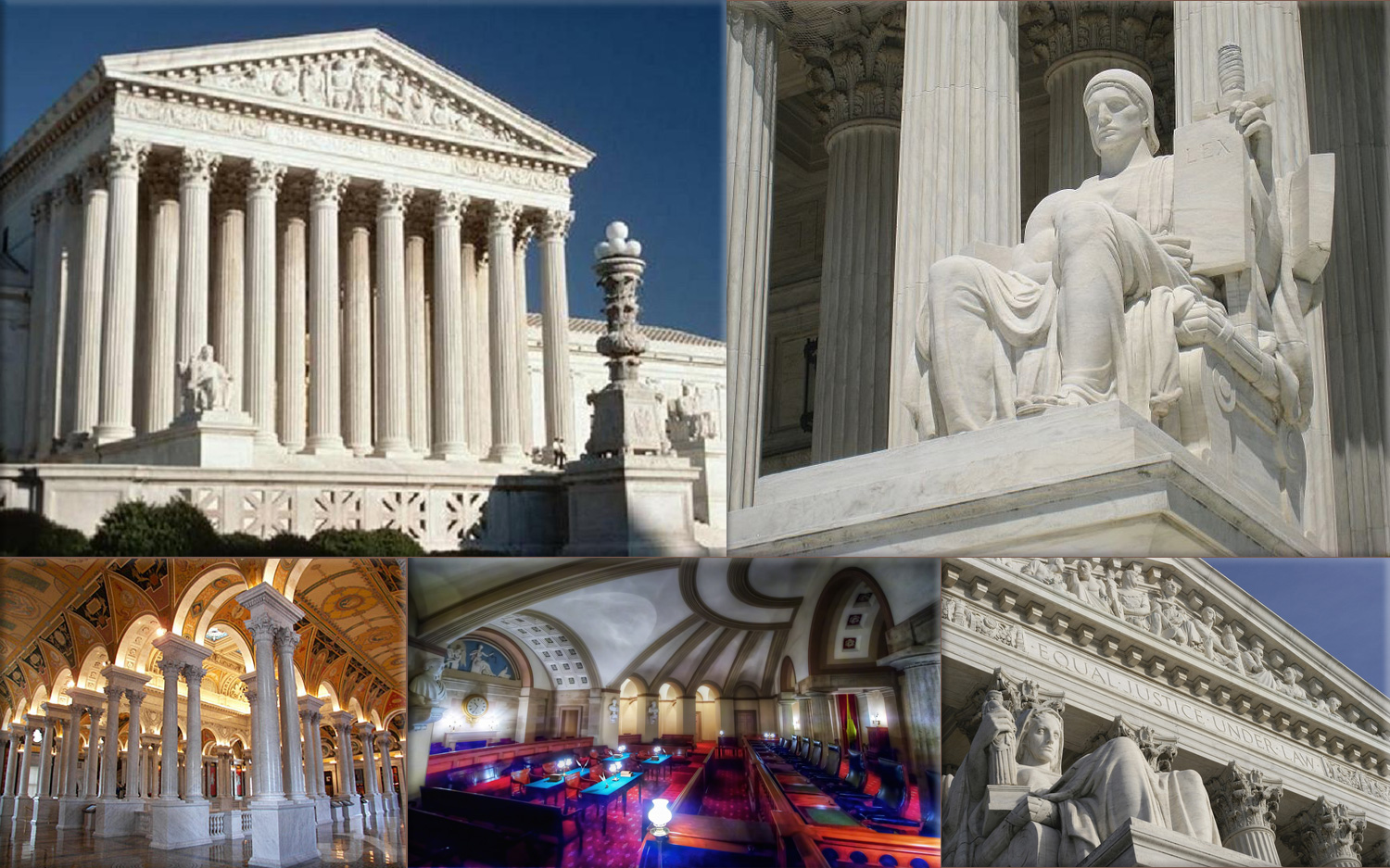
Woman's suffrage:
1922 - A challenge to the Nineteenth Amendment to the United States Constitution, allowing women the right to vote, is rebuffed by the Supreme Court of the United States in Leser v. Garnett.
Wikipedia Photo: Woman's suffrage: in the United Kingdom and United States, credit Library of Congress ● Emmeline Pankhurst (100 Most Important People of the 20th Century) ● Christabel Pankhurst ● Women suffragists demonstrating for the right to vote, February 1913 ● Nineteenth Amendment to the United States Constitution became law on August 26, 1920, and women could vote in the Presidential election. United States Supreme Court building; Guardian of Law, by James Earle Fraser, US Supreme Court, Washington, DC, USA.
February 27th, 1939
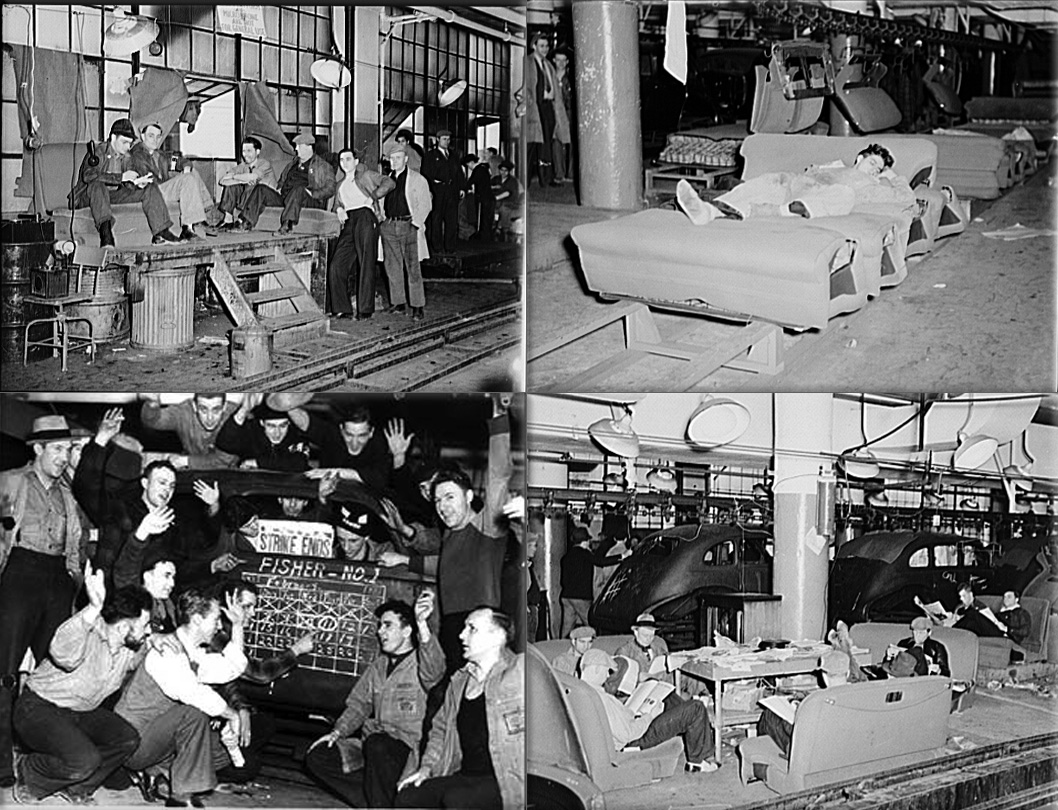

United States labor law: The Supreme Court of the United States rules that the United Auto Workers union sit-down strikes violate property owners' rights and are therefore illegal.
Wikipedia Photo: The 1936–1937 Sit-Down Strike changed the United Automobile Workers (UAW) from a collection of isolated locals on the fringes of the industry into a major labor union and led to the unionization of the domestic United States automobile industry.
United States Supreme Court building; Guardian of Law, by James Earle Fraser, US Supreme Court, Washington, DC, USA.
February 27th, 1940
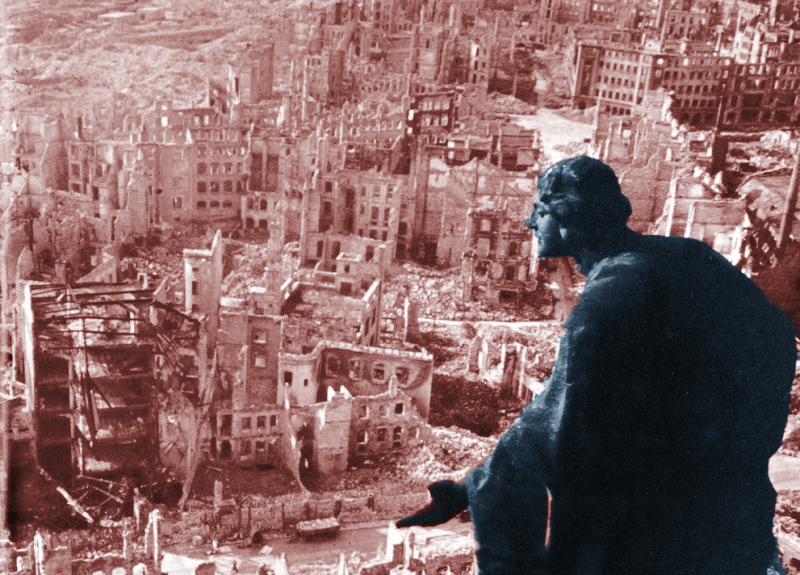

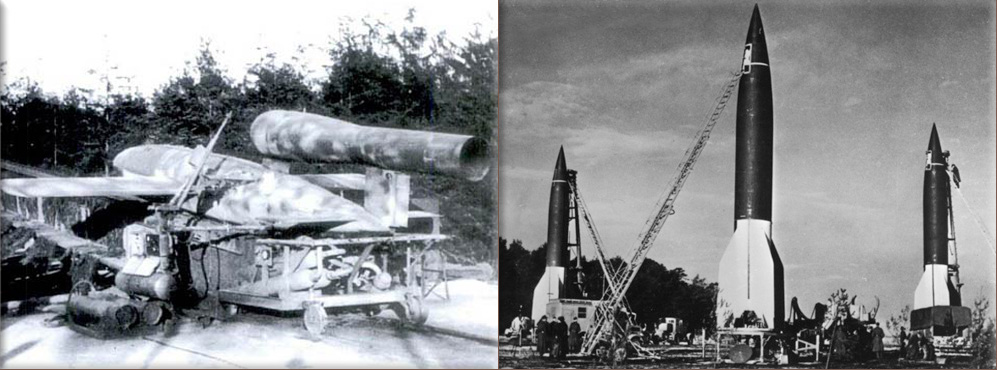
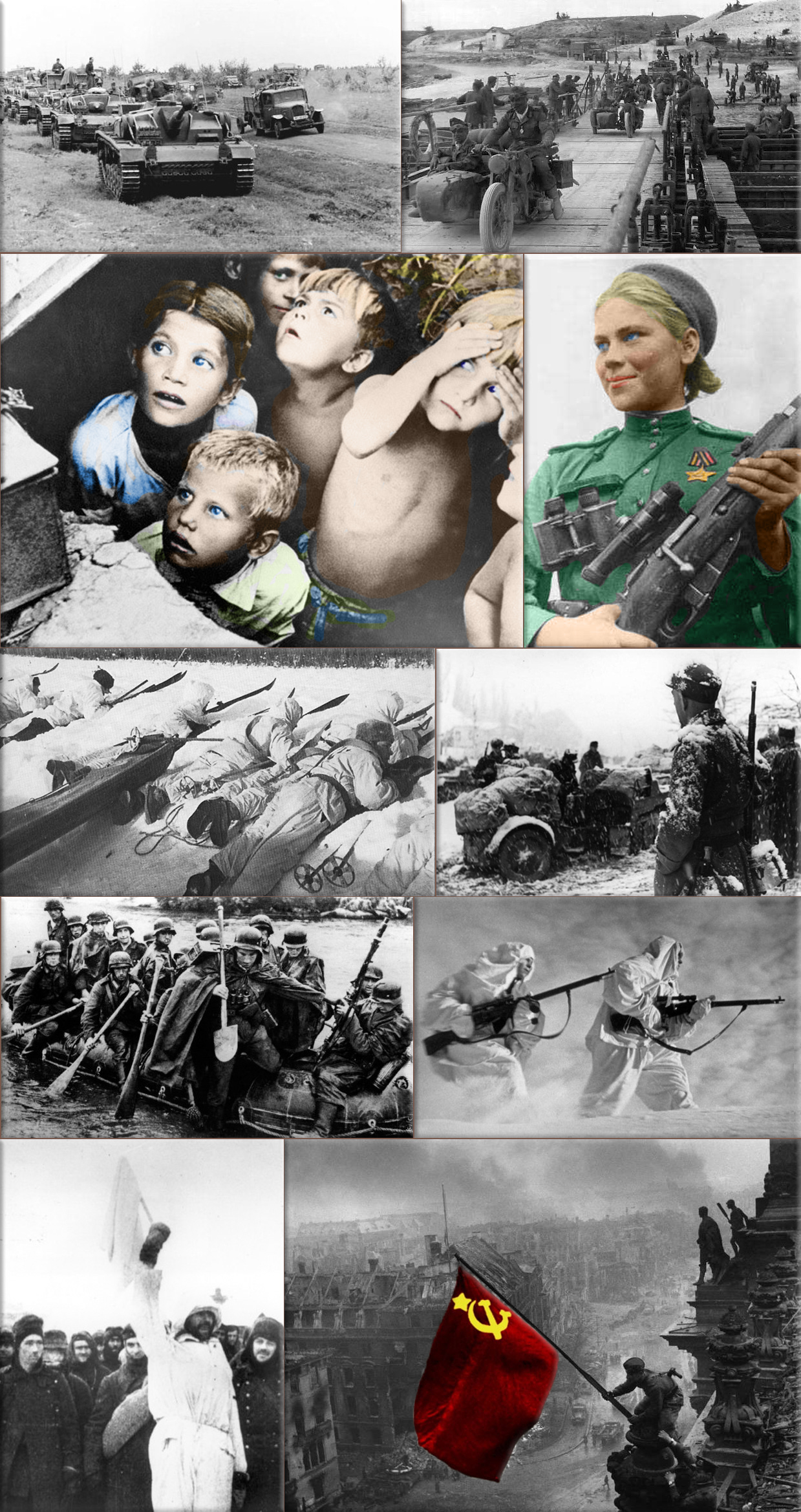
World War II:
1940 - Martin Kamen and Sam Ruben discover carbon-14.
1942 - Battle of the Java Sea; allied strike force is defeated by a Japanese task force in the Java Sea in the Dutch East Indies.
1943 - Smith Mine disaster; In Bearcreek, Montana, explodes, killing 74 men.
1943 - Rosenstrasse protest; starts in Berlin.
Wikipedia Photo: Bombing of Dresden in World War II; August Schreitmüller's sculpture 'Goodness' surveys Dresden after a firestorm started by Allied bombers in 1945.
USS Bunker Hill was hit by kamikazes piloted by Ensign Kiyoshi Ogawa and another airman on 11 May 1945. 389 personnel were killed or missing from a crew of 2,600; Ensign Kiyoshi Ogawa, who flew his aircraft into the USS Bunker Hill during a Kamikaze mission on 11 May 1945; Kamikaze Missions - Lt Yoshinori Yamaguchi's Yokosuka D4Y3 (Type 33 Suisei) "Judy" in a suicide dive against USS Essex. The dive brakes are extended and the non-self-sealing port wing tank is trailing fuel vapor and/or smoke 25 November 1944.
German V1 flying-bomb and V2 Rockets - Preparations for a Salvo Launch of V-2 Rockets in the Heidelager near Blizna (Poland) (1944), credit German History in Documents and Images GHDI.
Eastern Front (World War II); Germans race towards Stalingrad. August 1942; Soviet children during a German air raid in the first days of the war, June 1941, by RIA Novosti archive; Soviet sniper Roza Shanina in 1944. About 400,000 Soviet women served in front-line duty units Caucasus Mountains, winter 1942/43; Finnish ski patrol: the invisible enemy of the Soviet Army with an unlimited supply of skis; Men of the German Engineers Corps cross a river which is swollen after the first autumn rains, to strengthen bridges linking the German positions on the central front in Russia. by Keystone / Getty Images. October 1942; Russian snipers fighting on the Leningrad front during a blizzard. Photo by Hulton Archive / Getty Images, 1943; German soldiers surrendering to the Russians in Stalingrad, the soldier holding the white flag of surrender is dressed in white so that there could be no doubt of his intentions, a Russian soldier is on the right of the photograph. by Keystone / Getty Images, January 1943.
February 27th, 1940
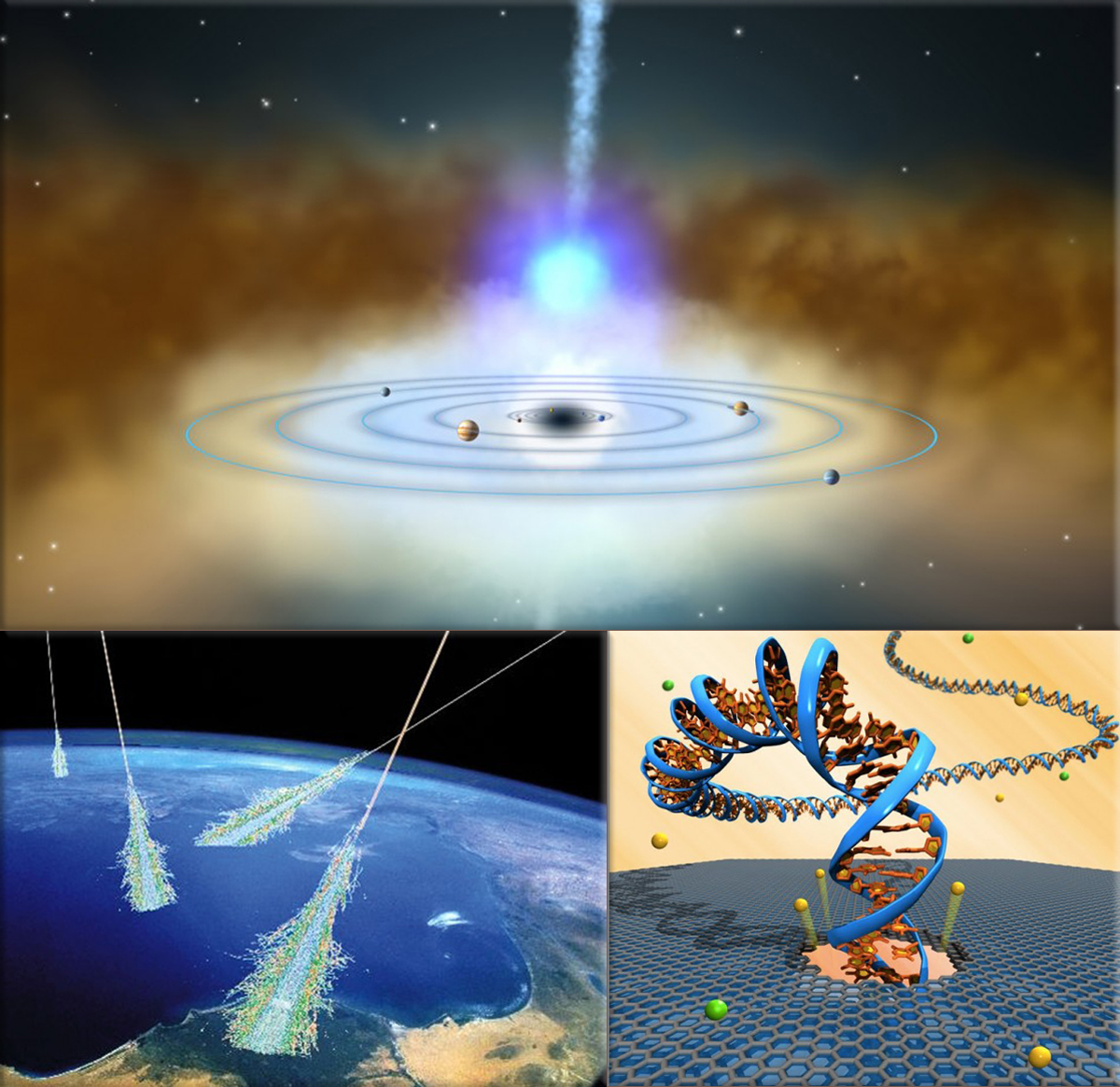
Martin Kamen and Sam Ruben discover carbon-14.
Wikipedia Image: Cosmic Rays “Life exists in the universe only because the carbon atom possesses certain exceptional properties.” James Jeans ● Four fundamental, elemental building blocks of life: hydrogen, oxygen, nitrogen and, perhaps most importantly, carbon. Robert Johnson, University of Pennsylvania. ● Solar System, NASA, Goddard Space Flight Center. credit The Cosmic Story of Carbon-14 scienceblogs
February 27th, 1951

1951 - The Twenty-second Amendment to the United States Constitution, limiting Presidents to two terms, is ratified.
Wikipedia Photo: United States Supreme Court building; Guardian of Law, by James Earle Fraser, US Supreme Court, Washington, DC, USA.
February 27th, 1964

The government of Italy asks for help to keep the Leaning Tower of Pisa from toppling over.
Wikipedia Photo: The Leaning Tower of Pisa, credit Travels.
February 27th, 1971
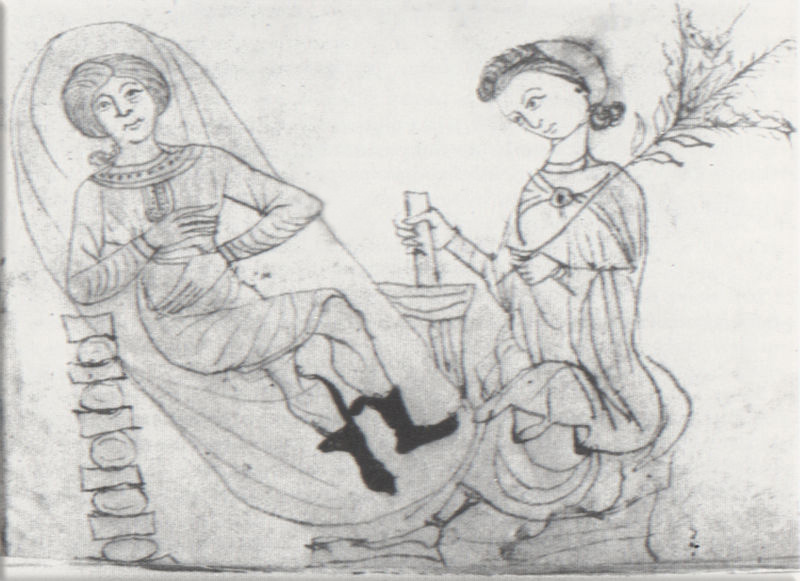
Doctors in the first Dutch abortion clinic (the Mildredhuis in Arnhem) start to perform aborti provocati
Wikipedia Photo: Induced abortion: A woman receiving pennyroyal, a common medieval abortifacient - From Herbarium by Pseudo-Apuleius, 13th-century manuscript.
February 27th, 1973
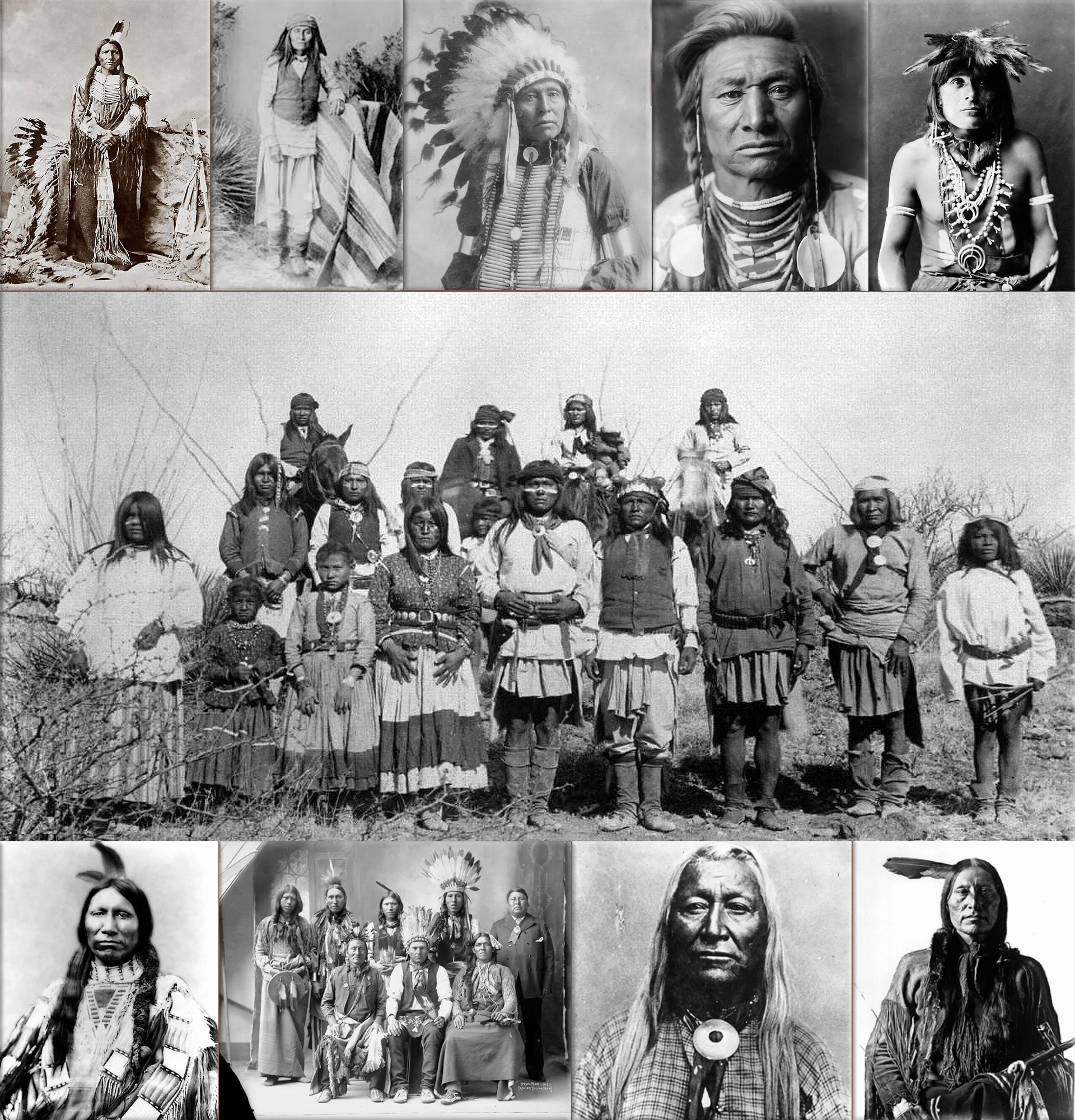

Native Americans in the United States:
1973 - American Indian Movement; Wounded Knee incident, occupy Wounded Knee, South Dakota.
Wikipedia Photos: American Indians - Chief Crazy Horse, Tashunca-uitco (1849 - 1877); Geronimo Apache Chief (1829 - 1909); Indian Chief 'Two Eagles'; Crow Indian Chief; Snake Cheif; Band of Chiricahua Apache Indians, followers of legendary renegade Geronimo, attending a peace negotiation after a long struggle against U.S. government attempts to force them onto reservations - Tombstone, Arizona (1886).
February 27th, 1991
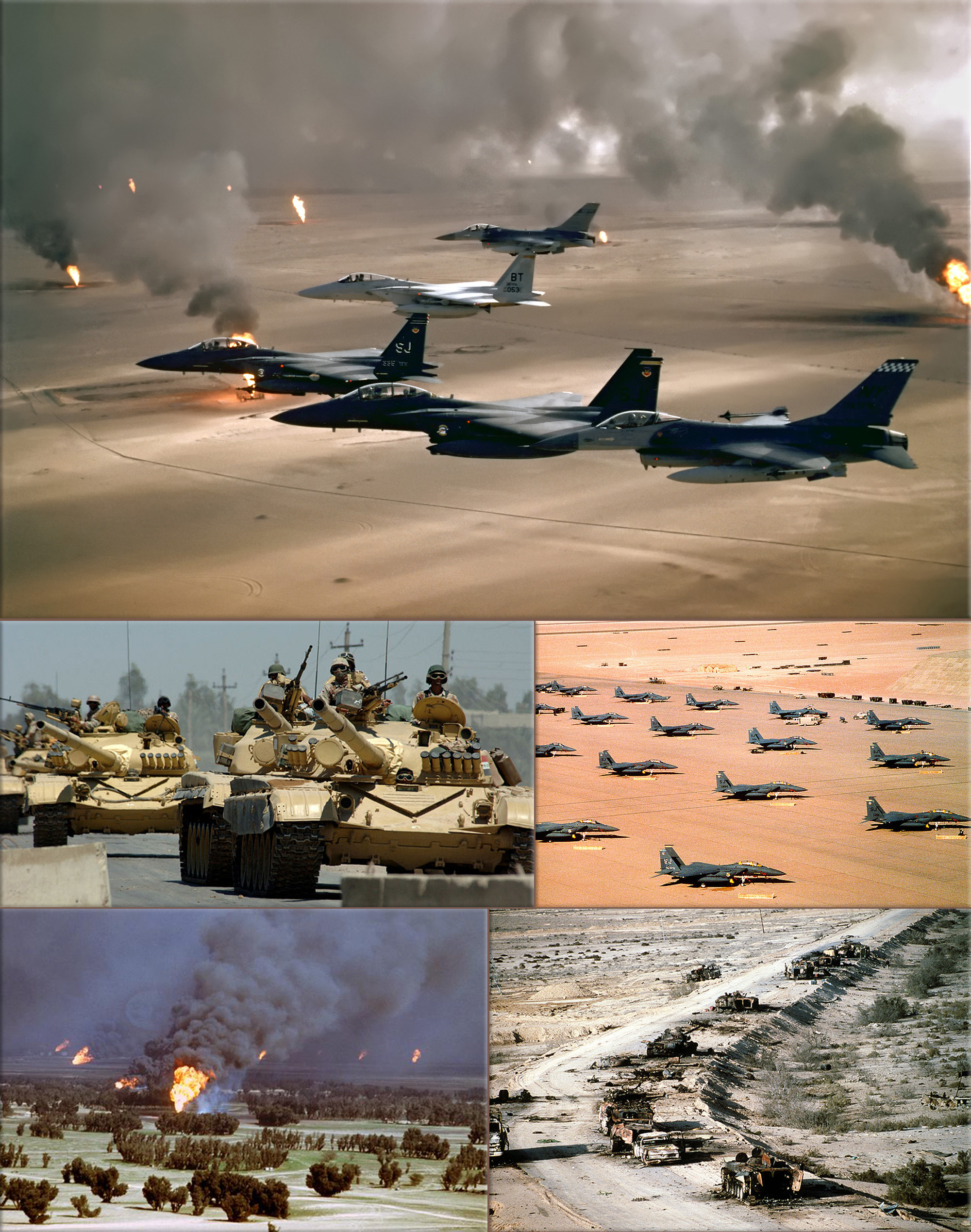
Gulf War - Iraq War:
1991 - United States President George H. W. Bush announces that "Kuwait is liberated".
Wikipedia Photo: USAF F-15Es, F-16s, and a USAF F-15 flying over burning Kuwaiti oil wells; Iraqi Army T-72 main battle tanks. The T-72 tank was a common Iraqi battle tank used in the Gulf War; F-15Es parked during Operation Desert Shield; The oil fires caused were a result of the scorched earth policy of Iraqi military forces retreating from Kuwait; Aerial view of destroyed Iraqi T-72 tank, BMP-1 and Type 63 armored personnel carriers and trucks on Highway 8 in March 1991.
February 27th, 2002
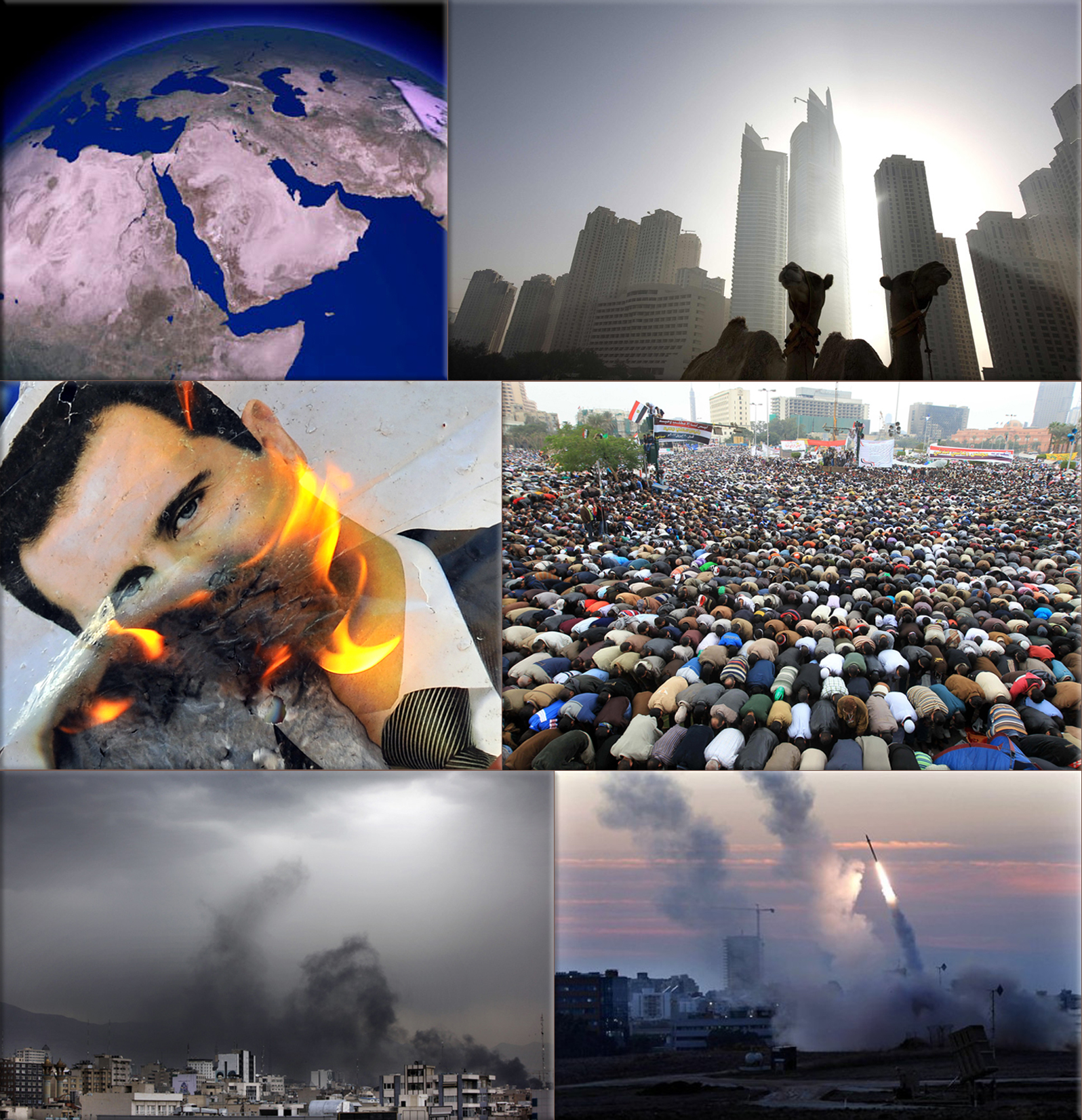
Modern conflicts in the Middle East, social unrest and terrorist attacks:
2002 - Godhra train burning; A Muslim mob kills 59 Hindu pilgrims returning from Ayodhya.
2004 - A bombing of a Superferry by Abu Sayyaf in the Philippines' worst terrorist attack kills 116.
Wikipedia Photo: Middle East satellite image, NASA. ● Camels are seen early morning on a beach in the Marina area of Dubai October 16, 2008. (Steve Crisp, Reuters) ● A portrait of Syrian President Bashar al-Assad burns during clashes between rebels and Syrian troops in Selehattin, near Aleppo, on July 23, 2012. (Bulent Kilic, AFP / GettyImages) ● Egyptians gather in their thousands in Tahrir Square to mark the one year anniversary of the revolution on Jan. 25, 2012 in Cairo Egypt. Tens of thousands have gathered in the square on the first anniversary of the Arab uprising which toppled President Hosni Mubarak. (Jeff J Mitchell, Getty Images) ● Black smoke rises above the Tehran skyline as supporters of Mir Hossein Mousavi burn tires and other material in the streets as they fight running battles with police to protest the declared results of the Iranian presidential election in Tehran, Iran, Saturday, June 13, 2009. (Ben Curtis, AP) ● The Iron Dome defense system fires to interecpt incoming missiles from Gaza in the port town of Ashdod, Thursday, Nov. 15, 2012. (Tsafrir Abayov, AP)
February 27th, 2010

Earthquake:
2010 - Chile earthquake (2010) A magnitude 8.8 earthquake strikes central parts of Chile leaving over 500 victims, and thousands injured. The quake triggered a tsunami which struck Hawaii shortly after.
Wikipedia Image: Preliminary Determination of Epicenters / Aleppo Syria; Anchorage, Alaska - March 28, 1964 Prince William Sound USA earthquake and tsunami; 8.9 Mega Earthquake Strikes Japan; Tsunami Swirls Japan's Ibaraki Prefecture March 12 2011. credit NOAA / NGDC, NOAA National Geophysical Data Center, USGS, National Geographics.
